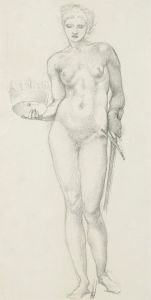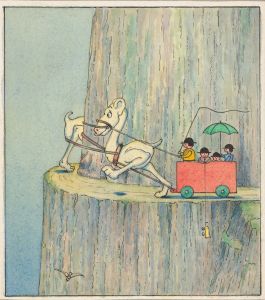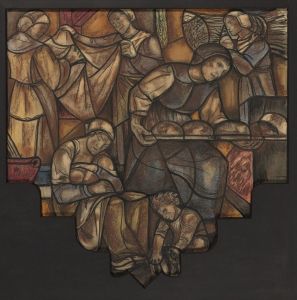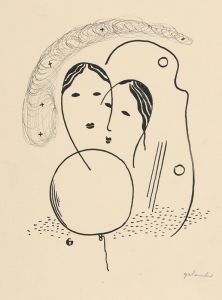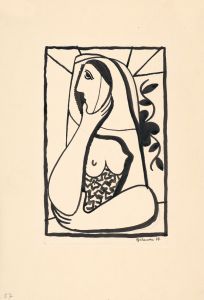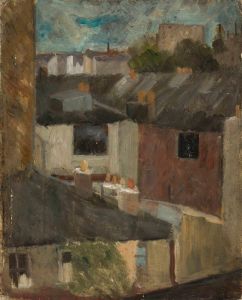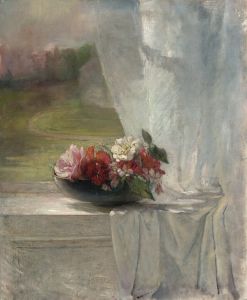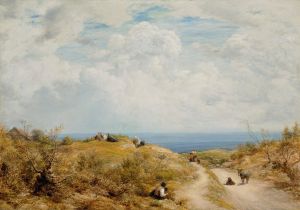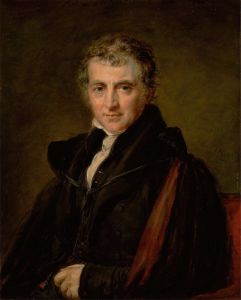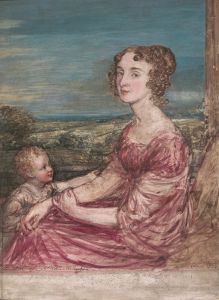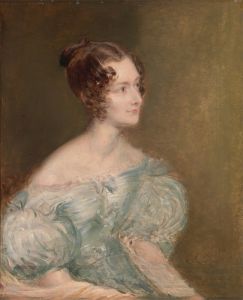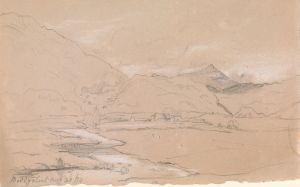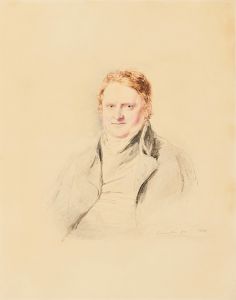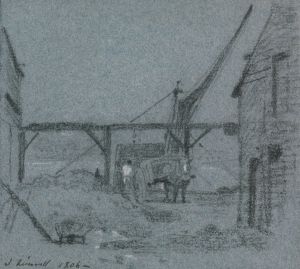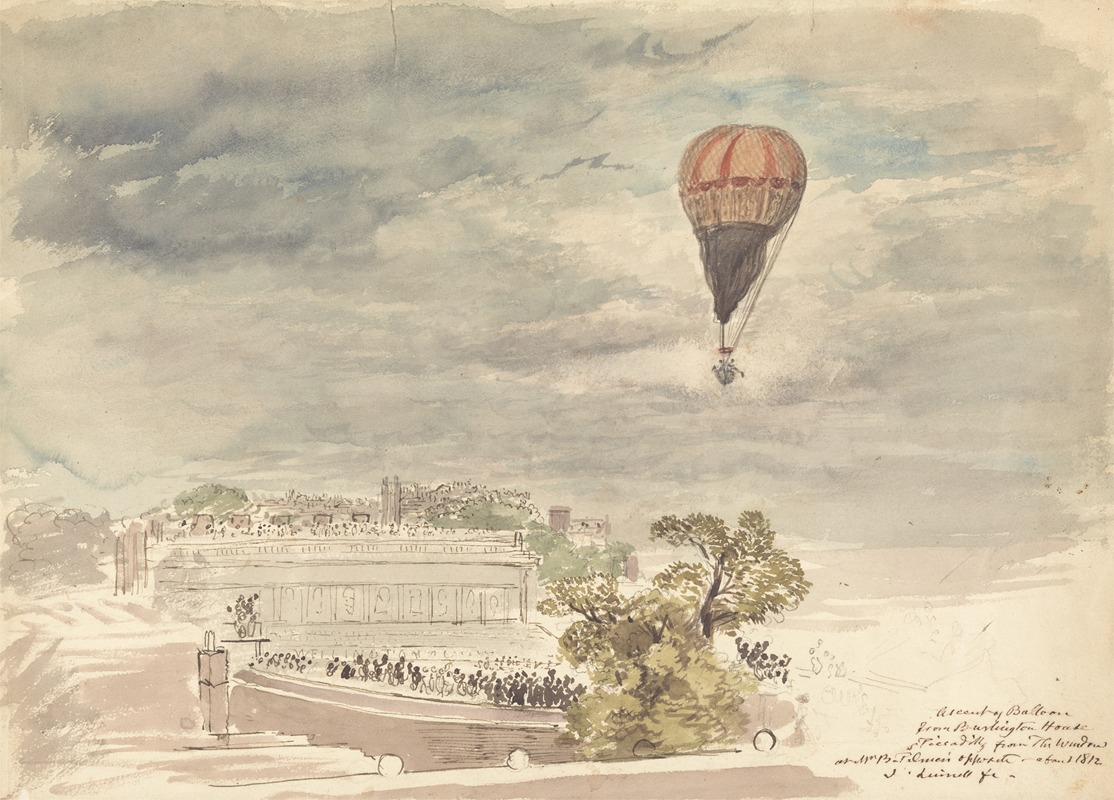
Ascent of Balloon from Burlington House, Piccadilly, from the Window at Mr. B. Palmer’s
A hand-painted replica of John Linnell’s masterpiece Ascent of Balloon from Burlington House, Piccadilly, from the Window at Mr. B. Palmer’s, meticulously crafted by professional artists to capture the true essence of the original. Each piece is created with museum-quality canvas and rare mineral pigments, carefully painted by experienced artists with delicate brushstrokes and rich, layered colors to perfectly recreate the texture of the original artwork. Unlike machine-printed reproductions, this hand-painted version brings the painting to life, infused with the artist’s emotions and skill in every stroke. Whether for personal collection or home decoration, it instantly elevates the artistic atmosphere of any space.
"Ascent of Balloon from Burlington House, Piccadilly, from the Window at Mr. B. Palmer’s" is a painting by the English artist John Linnell. John Linnell (1792-1882) was a prominent British painter and engraver, known for his landscapes and portraits. He was a contemporary and friend of the famous artist William Blake and was part of the artistic circle that included Samuel Palmer and other members of the Ancients.
The painting captures a moment of balloon ascent, a popular spectacle in the 19th century, from Burlington House in Piccadilly, London. Burlington House, an architectural landmark, has been the home of the Royal Academy of Arts since 1867. However, the painting likely depicts an event from an earlier period, as balloon ascents were a significant public attraction in the late 18th and early 19th centuries.
In the painting, Linnell provides a view from the window of Mr. B. Palmer’s residence, suggesting a personal connection or commission. The composition includes the balloon rising into the sky, surrounded by a crowd of onlookers, capturing the excitement and novelty of early aeronautical endeavors. The detailed depiction of the architecture and the crowd reflects Linnell's skill in rendering both human figures and urban landscapes.
John Linnell's work is characterized by its meticulous attention to detail and its vibrant use of color, both of which are evident in this painting. The artist's ability to convey the atmosphere of the event, along with the technical aspects of the balloon and the surrounding architecture, showcases his versatility and keen observational skills.
The painting is significant not only as a work of art but also as a historical document, providing insight into the public fascination with ballooning during this period. Ballooning was a relatively new phenomenon at the time, with the first successful manned flight occurring in 1783 by the Montgolfier brothers in France. By the time Linnell created this painting, balloon ascents had become popular public spectacles in England, drawing large crowds and capturing the imagination of the public.
Linnell's depiction of this event from a personal vantage point adds a layer of intimacy to the painting, allowing viewers to experience the excitement of the ascent as if they were present. The choice of subject matter also reflects the broader cultural and scientific interests of the time, as advancements in technology and exploration were celebrated and widely publicized.
Overall, "Ascent of Balloon from Burlington House, Piccadilly, from the Window at Mr. B. Palmer’s" is a notable example of John Linnell's work, combining his artistic talent with a keen sense of historical and cultural context. The painting remains a valuable piece of art, offering a glimpse into the early days of aeronautics and the vibrant public life of 19th-century London.





